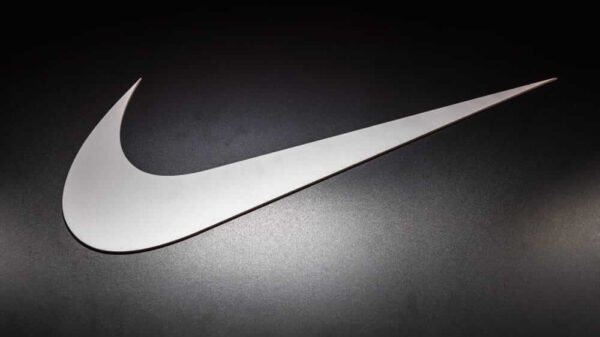Flat feet, a condition affecting approximately 20% to 30% of adults, can lead to discomfort in various areas, including the feet, ankles, knees, and lower back. While not always a serious concern, individuals experiencing pain often seek solutions. A selection of effective insoles can provide the necessary support and relief, compensating for a lack of arch and mitigating the symptoms associated with conditions like plantar fasciitis.
Insoles designed specifically for flat feet can enhance foot function. According to Dr. Emily Sharp of LR Podiatry, these insoles can “optimize foot function by helping the big toe joint work more effectively, improving load distribution and reducing strain on surrounding structures.” Based on various expert recommendations, here are some of the best insoles available for flat feet, each catering to different needs.
Top Insoles for Flat Feet
The **Pinnacle Low Insoles** from PowerStep are highly regarded for their comfort and versatility. Dr. Naim Shaheed from the Ankle & Foot Centers of America describes them as “great for everyday use and easy to fit into most shoes.” They boast a firm bottom layer made of EVA foam and a softer top layer that cradles the foot, ensuring anatomical correctness with a deep heel cup. Although some users have noted that the logo can stain socks, the overall comfort they provide is a significant benefit.
For those seeking affordability without sacrificing quality, the **Dr. Scholl’s Stability Support Insoles** are a popular choice. Priced lower than many competitors, these insoles effectively minimize discomfort in the feet, legs, and lower back. They feature added arch support and stability guardrails to combat overpronation, although their thicker heel may not fit comfortably in all footwear.
The **Com Mumu Arch Support Insoles** cater to larger individuals, accommodating weights up to around 260 pounds. These insoles provide substantial arch support and a deep heel cup, which helps prevent overpronation. However, the high arch design may not be suitable for everyone, particularly those with smaller feet.
For runners, the **Superfeet Run Pacer Elite** insoles offer a unique advantage with a carbon plate that enhances energy return in running shoes. This innovative design, while on the pricier side, transforms ordinary trainers into effective performance footwear. Superfeet also provides a 60-day guarantee, allowing users to assess comfort and effectiveness.
Active individuals might find the **Superfeet All-Purpose Support High Arch Insoles** beneficial. These insoles are designed for durability and support, coming in a range of sizes that can be trimmed for a perfect fit. However, users should be aware that some customers have reported issues with odor retention.
For those with wide feet, the **PowerStep Wide Fit Orthotics Insoles** provide necessary support for sizes ranging from 3E to 6E and can accommodate foot sizes up to 16. They help alleviate symptoms of plantar fasciitis, making them a reliable option for individuals with flat feet.
Lastly, the **Sole Performance Insoles** offer a customizable fit. By heating the insoles in an oven, users can mold them to their feet, enhancing comfort and support. The combination of cork and foam layers provides additional shock absorption, making these insoles suitable for long periods of standing or walking.
What to Consider When Choosing Insoles
When selecting the best insoles for flat feet, it is essential to consider individual foot characteristics. Dr. Shaheed emphasizes that effective insoles should include several key features, such as firm arch support for stability and deep heel cups to alleviate discomfort and prevent overpronation.
Comfort is also critical; shock-absorbing materials, like EVA foam, enhance all-day wearability. To ensure a proper fit, choose insoles that come in various sizes or can be trimmed to match your footwear.
The team at Forbes Vetted conducted thorough research and analysis, consulting certified podiatrists and evaluating multiple products based on user feedback. This comprehensive approach ensures that the recommendations cater to a broad spectrum of needs.
Flat feet can arise from various factors, including genetics, injuries, or the wearing of inadequate footwear over time. While some individuals are born with flat feet, others may develop the condition later in life. Effective insoles can provide the necessary support to alleviate pain and improve overall mobility.
If insoles do not alleviate discomfort, consulting a podiatrist is advisable. Chronic foot pain may require professional intervention, which could include physical therapy, targeted exercises, or, in severe cases, surgical options.
In summary, appropriate insoles can significantly enhance comfort for those with flat feet. They offer crucial support that can reduce pain and improve walking patterns. By carefully selecting insoles that suit individual needs, individuals can take proactive steps toward better foot health.








































































